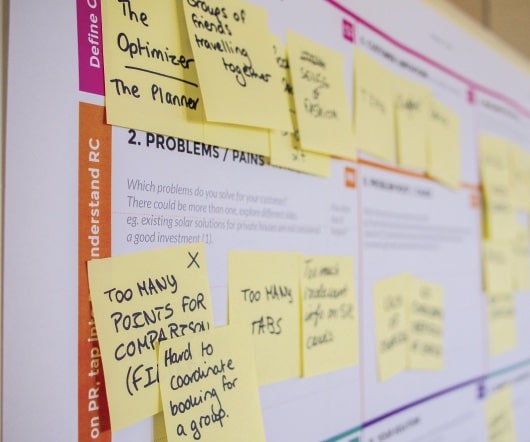10 Best Recruitment Analytics Software in 2024
HR Lineup
OCTOBER 27, 2024
In 2024, the recruitment landscape is driven by data and analytics. Organizations are adopting recruitment analytics software to gain insights into hiring trends, track key performance metrics, and optimize their recruitment strategies. Top 10 Recruitment Analytics Software of 2024 1.























































Let's personalize your content